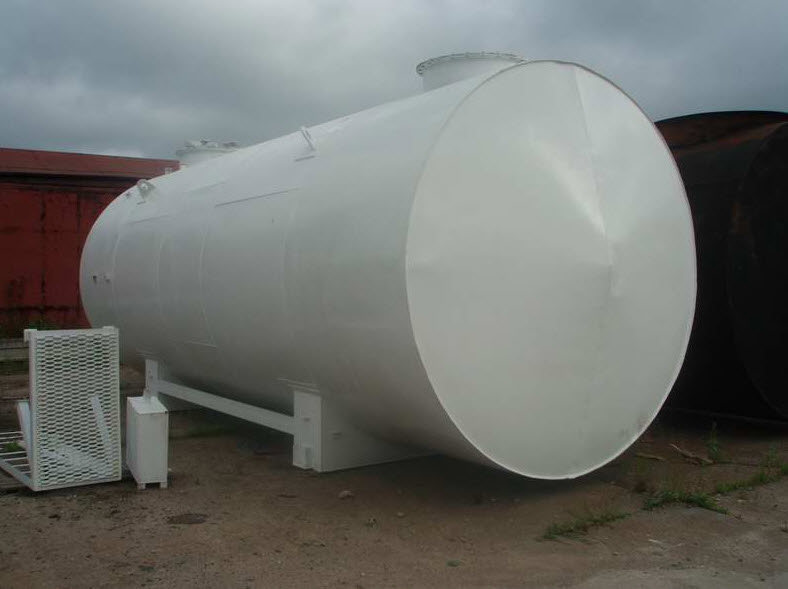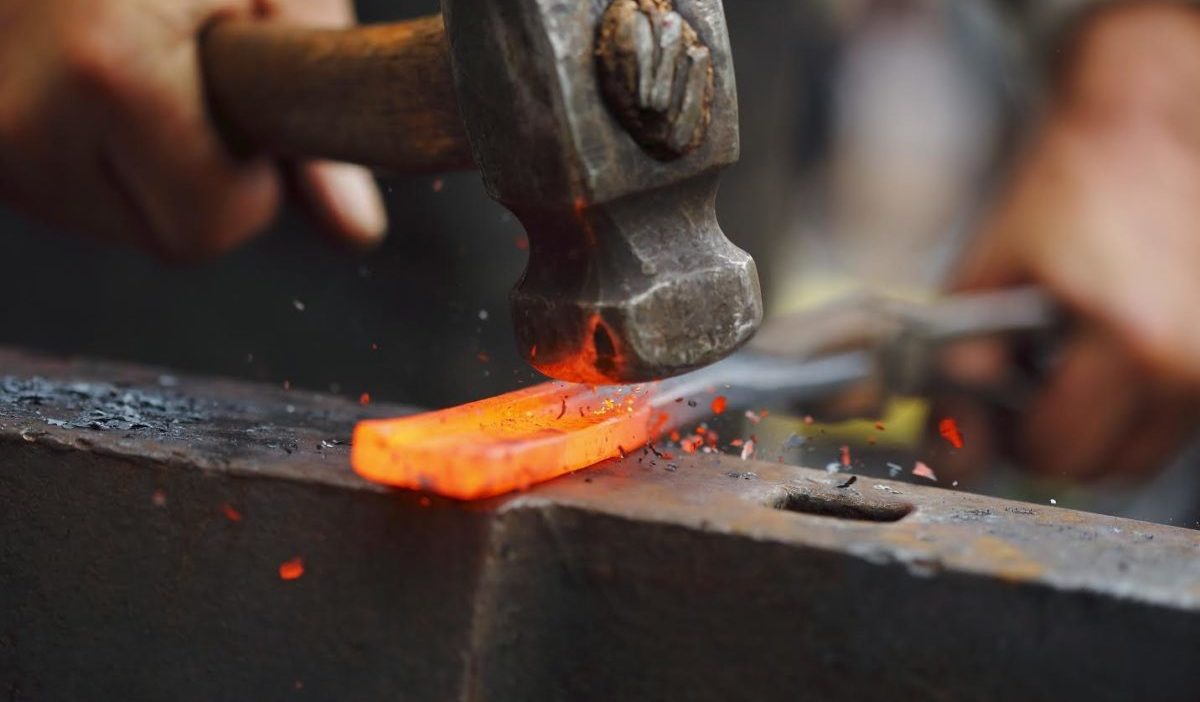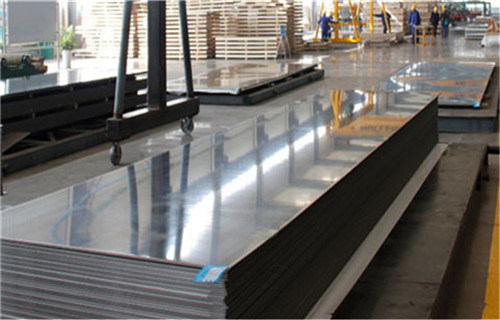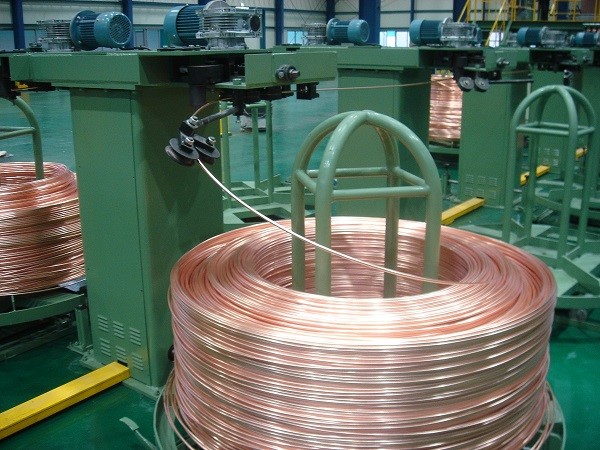Main - metalworking - Powder and regular painting
Powder and regular painting
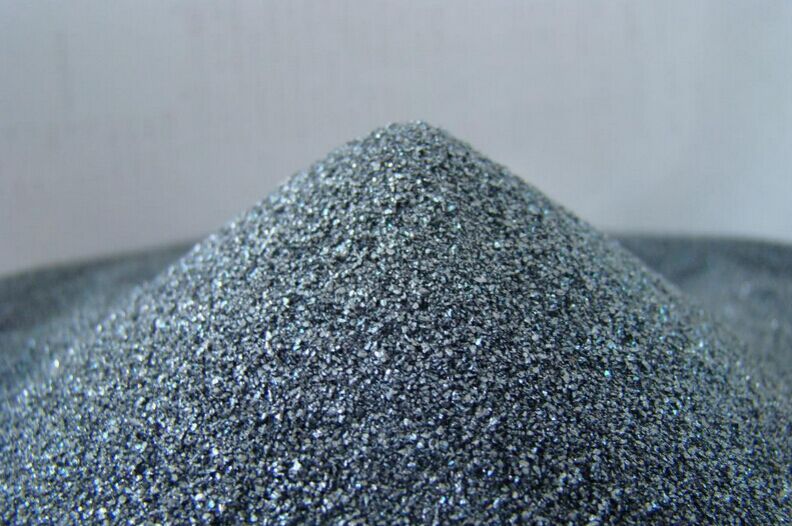
Varieties of Painting Techniques
When delving into the realm of metal painting, two distinct techniques come to the forefront: conventional painting and powder coating. Each approach boasts its own unique attributes, advantages, and drawbacks, all of which warrant careful consideration during the decision-making process. In the realm of conventional painting, varnishes and paints take center stage, applied using an array of tools such as brushes and rollers. The preparatory stages entail a series of essential actions:
- Thorough Cleansing: Elimination of dust and grime to ensure an optimal surface.
- Degreasing: Enhancing adhesion through the removal of grease and contaminants.
- Anti-Corrosion Treatment: Application of anti-corrosion agents for added protection.
- Addressing Imperfections: Deep cracks necessitate puttying for seamless surfaces.
- Smoothing: An essential sanding process for a flawless finish.
- Drying: Facilitating complete curing and readiness for subsequent layers. The pivotal inclusion of a primer blend is another fundamental step. The primer's formulation must align with the specific attributes of the materials being treated. Non-ferrous metals call for an appropriate primer, while a converter primer proves optimal for addressing areas exhibiting corrosion and decay. The converter primer actively interacts with damaged segments, establishing a protective shield. Precise adherence to this sequence ensures the attainment of a high-caliber final outcome. A remarkable advantage of this approach lies in the expansive spectrum of available colors and finishes. The surface can be rendered either matte or glossy, offering artistic versatility. Additionally, the process boasts user-friendly application and yields a robust final layer. Conventional painting typically involves manual tools and demands a discerning selection of appropriate paints:
- Ferrous Metals: Oil-based paints, applied using brushes or rollers, prove apt.
- Galvanized Materials: Enamel infused with alkyd emerges as the fitting choice.
- Vivid Colors: Polyurethane or epoxy-based paints are recommended for a vivid palette. Conversely, the realm of colors is better explored through powder coating technology. This method ensures a uniform layer with remarkable resilience against diverse external influences.
BP Group
Get a consultation

+39 035 236452
sale@triestepg.com
Trieste Procurement Group SRL
Via Sant'Alessandro, 24122 Bergamo (BG)

